Ho Chi Minh City to display subway cabin, carriage model for 1 month
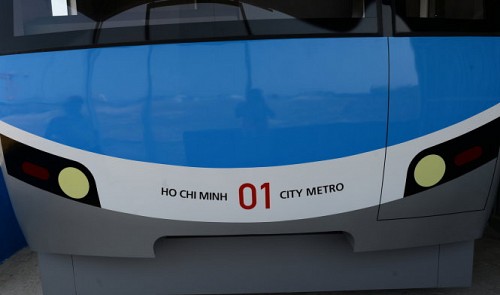
The exhibition will last for one month from the date, not for three months as previously reported by local media, according to the city’s Urban Railway Management Board.
The cabin and wagon simulator, which has been delivered to Vietnam from Japanese contractor Hitachi, will be on view at a depot on Road 11, Long Binh Ward, District 9.
The mock-up is part of bid package No. 3 of the Ben Thanh-Suoi Tien metro line project, carried out by Hitachi to procure electromechanical equipment, the cabin and wagons, the metro rail, and maintenance worth 39.4 billion Japanese yen (US$332.2 million).
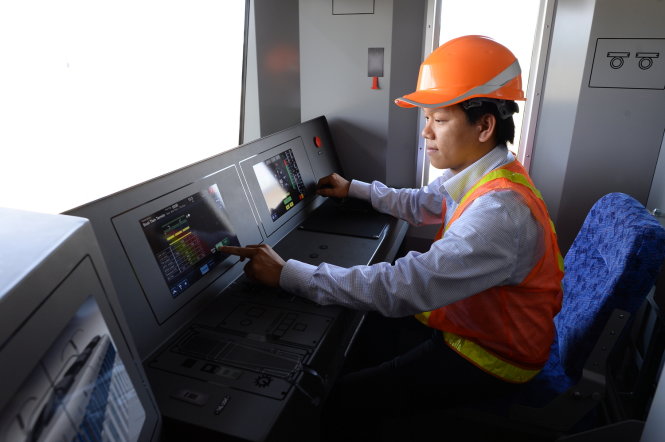
A technician examines the metro cabin simulator. Photo: Tuoi Tre
The board will send a notice of the display to people’s committees, departments, and the fatherland front committees of all the city’s districts for them to arrange for local residents to register to have a look at the samples, in groups or individually, said Bui Xuan Cuong, head of the Urban Railway Management Board.
Based on feedback from the public, the board will ask the manufacturer to make the cabin and passenger car at the board’s request, Cuong said.
Given Vietnam’s environmental conditions, the blue appearance creates a feeling of youthfulness, strength and comfort, the board said.
Under Phase 1 of the metro line project, the train will have a cabin and two cars, with a total length of 61.5 meters, and operate on a 380-volt three-phase electric engine.
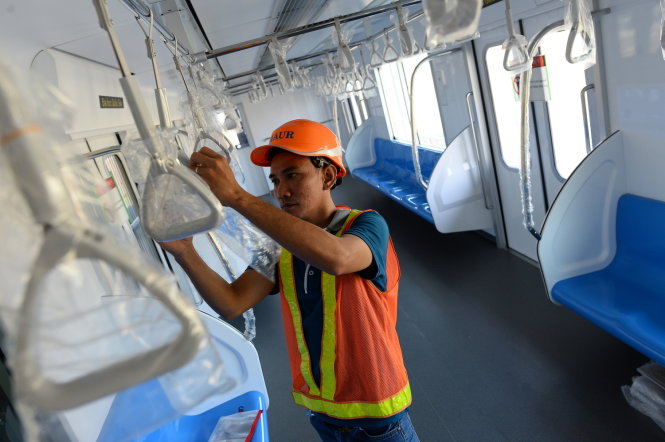
The passenger carriage model. Photo: Tuoi Tre
This train can accommodate 930 passengers and run at 110 kph on the aboveground section of the line and at 80 kph on the underground part of the route.
The metro line will be 19.7 km long, running from District 1 through Binh Thanh District, District 2, District 9 and Thu Duc District in Ho Chi Minh City before reaching Di An Town in neighboring Binh Duong Province.
Total investment in the project is estimated at 236.6 billion Japanese yen ($1.97 billion), which comes from loans from Japan and the city’s budget.
The metro line, which broke ground in August 2012, is slated to be completed in 2019 and put into operation in 2020, when it can transport about 186,000 passengers per day, according to the board.
A similar metro system is under construction in Hanoi, with work beginning in 2010 and the first line scheduled to come on stream next year.
What the stars mean:
★ Poor ★ ★ Promising ★★★ Good ★★★★ Very good ★★★★★ Exceptional
Latest News
More News
- Hanoi strengthens measures to prevent mismanagement and wastage of public assets (November 21, 2024 | 17:42)
- First international summit on shingles prevention held in Vietnam (November 18, 2024 | 10:00)
- Global education to improve quality of workforce (November 17, 2024 | 08:53)
- “Run for zero violence against women and girls in Vietnam” gets set (November 16, 2024 | 09:39)
- VSF empowers communities through micro-credentials (November 16, 2024 | 09:00)
- Final round of admin reform competition to take place in Hanoi (November 14, 2024 | 12:16)
- Hanoi pilots electronic health record solution (November 10, 2024 | 12:25)
- Vietnamese consumer sentiment outperforms regional averages (November 08, 2024 | 18:00)
- Japfa Vietnam serves nutrition to 1,500 children to year-end (November 06, 2024 | 16:32)
- Tan Hiep Phat - three decades of serving society (November 04, 2024 | 17:58)





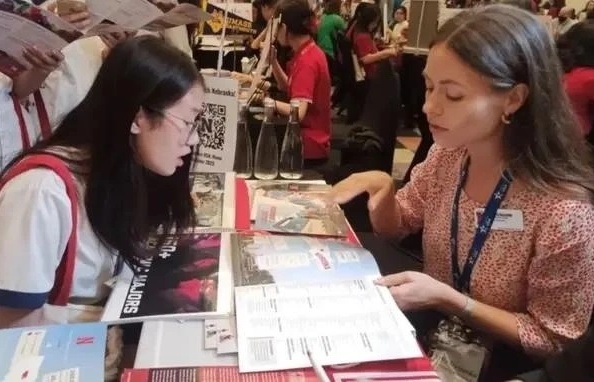
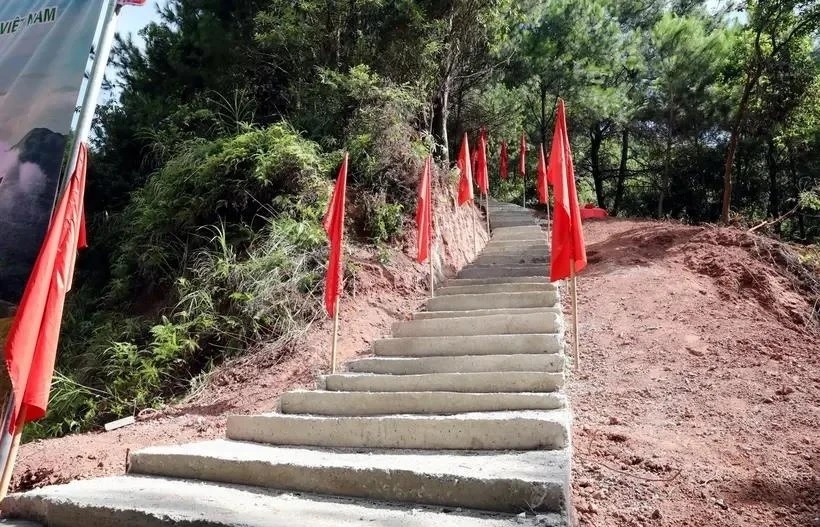

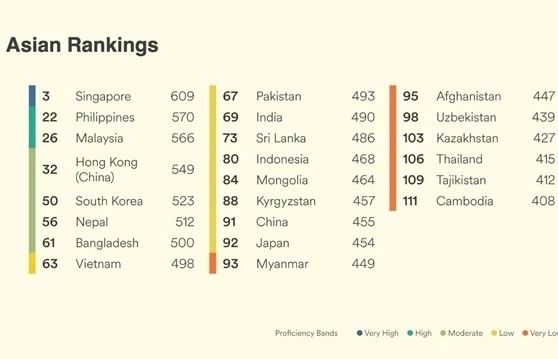






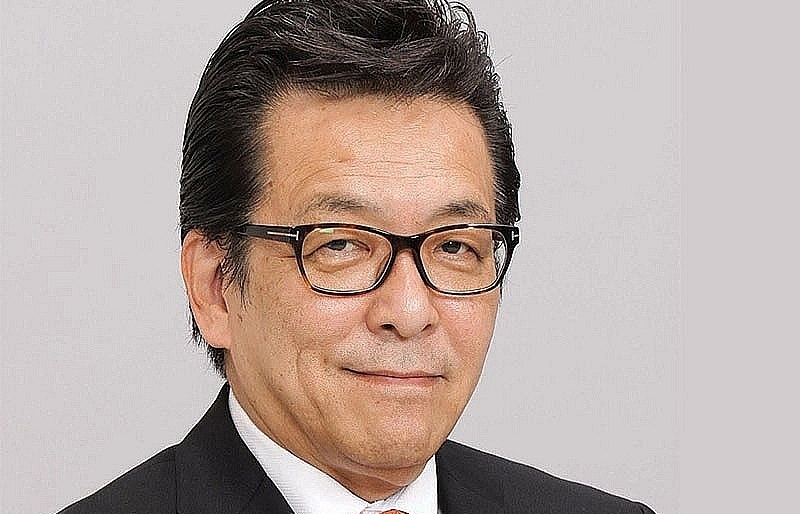




 Mobile Version
Mobile Version